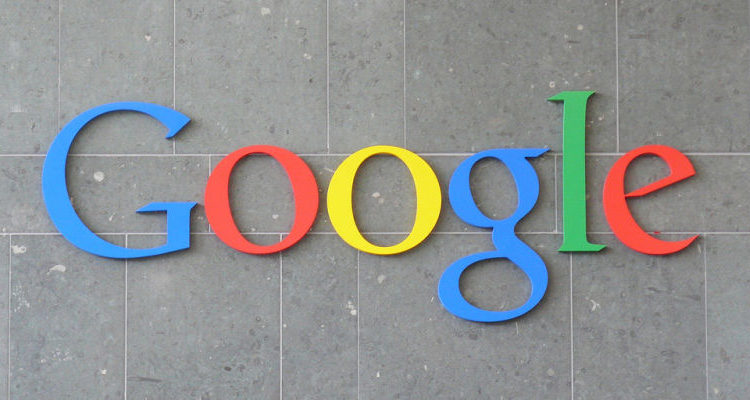
Photo Credit: Google Images
Is this for real? Could Google be telling the truth? For more than a year, the Silicon Valley giant has been telling us that it is embracing “privacy-preserving technology” throughout is advertising ecosystem. What this means in practical terms is that Google will be phasing out cookies in its Chrome browser by early 2022, while simultaneously taking steps to ensure that its advertising partners won’t be using alternative user-level identifies to track and follow users. That should be good news for consumers, right? But we’ve seen this story before, and it’s no guarantee that what comes next in 2022 will actually be any better for Google users.
The search for a new advertising model
The problem, quite simply, is that user privacy is not good for advertising companies. The whole premise of advertising via Google (or any other social media platform) is that you can custom target ads to certain users in certain demographics. Instead of blasting out ads to random users, you can instead spend money on ads with the highest potential to deliver ROI on your advertising campaign. Advertisers want to personalize their ads, and the only way they can do that is by learning as much as they can about users.
That’s why it’s fair to say that Google is facing a privacy conundrum. Yes, the company can talk all it wants to about privacy, but the more it does so, the more it risks alienating long-time advertisers. For that reason, Google is trying to give advertisers as much time as possible to prepare for the new reality. Anyone who has ever placed an ad online knows that cookies (and similar types of identifiers, such as the Facebook Pixel) are the key to the current digital advertising ecosystem, and so getting rid of cookies poses a sort of existential crisis for online advertising.
What Google is attempting to do, quite simply, is find some way to preserve its lucrative advertising model while simultaneously reassuring users that it has done everything possible to protect their privacy. In 2020, for example, Google launched its Privacy Sandbox initiative as a way of developing new solutions that capture the best of both worlds.
Possible options for Google
One big idea being pushed by Google is something called Federated Learning of Cohorts. Instead of tracking people individually, you can anonymize identities and then place people into groups based on similar types of browsing behaviors. But isn’t this the same thing as we had before? Yes, advertisers might not be tracking you individually, but they are tracking your behavior in other ways. After all, they need to track you to some degree in order to place you into your right “cohort.”
Another option, quite simply, is to create an option to let people “opt-in” to ads online. The default setting on Google Chrome might be to block all cookies, but if you opt-in, then you would enable cookies in your browser. In order to induce you to make this move, you might get offered all kinds of discounts, promotional coupons or bargains online. Some people, presumably, would be tempted to do this.
A new digital advertising system?
As you can see from the above examples, as much as Google is saying that it wants to re-invent the wheel and embrace privacy-preserving technologies, the company is also saying that it wants to preserve the status quo as much as it can. This has been the case in the past, and appears to be the case now. It might take a real upstart to disrupt the digital advertising ecosystem and guarantee the real privacy of all online users. There is simply too much money to be made to assume for a moment that Google will throw it all away in the name of consumer privacy.